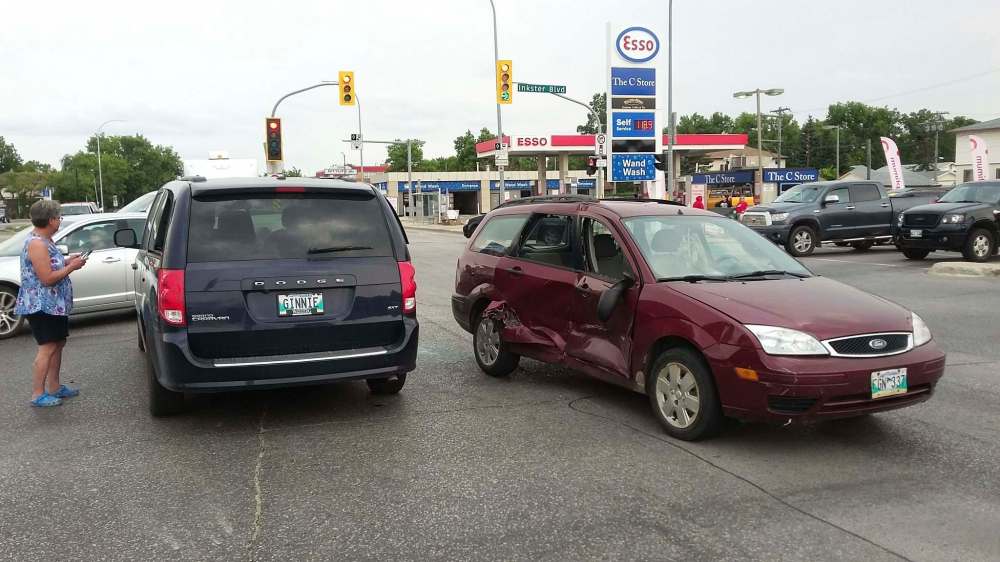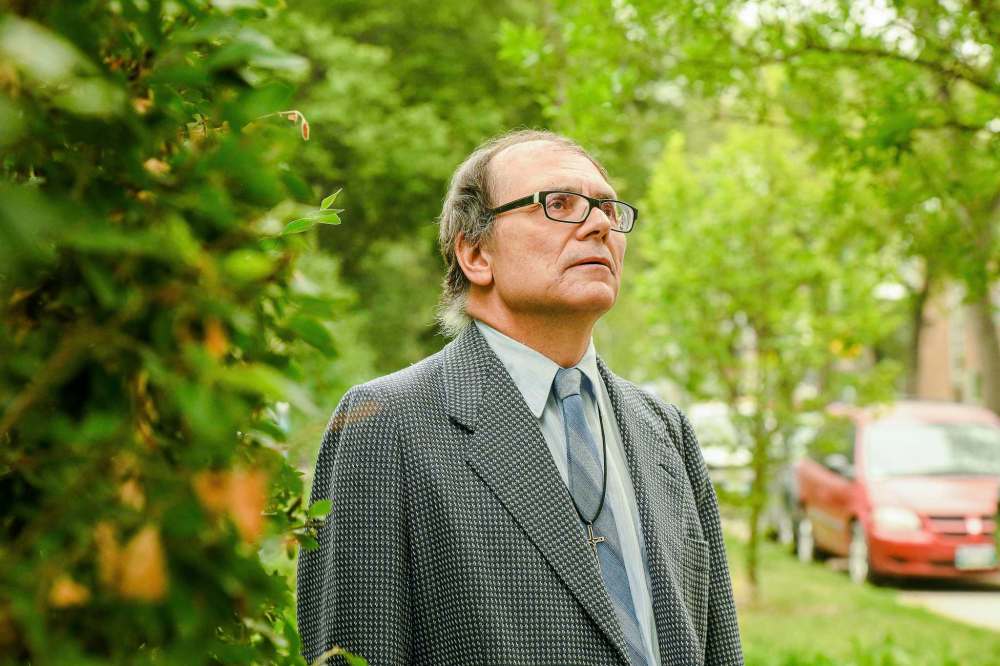Call for the end of funeral processions
Traffic accident has lay minister saying tradition too dangerous to continue
Advertisement
Read this article for free:
or
Already have an account? Log in here »
To continue reading, please subscribe:
Monthly Digital Subscription
$19 $0 for the first 4 weeks*
- Enjoy unlimited reading on winnipegfreepress.com
- Read the E-Edition, our digital replica newspaper
- Access News Break, our award-winning app
- Play interactive puzzles
*No charge for 4 weeks then billed as $19 every four weeks (new subscribers and qualified returning subscribers only). Cancel anytime.
Read unlimited articles for free today:
or
Already have an account? Log in here »
Hey there, time traveller!
This article was published 19/08/2018 (2068 days ago), so information in it may no longer be current.
A lay minister is calling for an end to the tradition of funeral processions in Winnipeg after he was involved in a collision.
“When you’re in (a) funeral procession, you’re putting your life at risk,” said Thomas Novak, an Oblate brother who presides at two or three funerals and interments a week as a lay minister.
Novak was in a procession when his car was T-boned at the intersection of Inkster Boulevard and McPhillips Street on Aug. 13. He was the only occupant of his Ford Focus when the light turned red and he was hit on the passenger side, which was demolished. No one was injured, but Novak, who was still shaken days later, said kids in the vehicle behind him in the procession could’ve been badly hurt or worse if the collision had happened a few seconds later.

“The car behind me was full of children. My concern is that no one again find themselves in such a dangerous situation,” said Novak, a pastoral outreach worker for St. Kateri Tekakwitha Aboriginal Catholic Church.
“Some people don’t respect funeral processions,” and some people don’t know what they are or what to do, said Novak.
“It’s not like it was 25 years ago,” he said. “Processions are more rare because of cremation.”
Drivers are expected to know what to do when they’re in a funeral procession or encounter one. The Class 5 Driver’s Handbook says drivers of vehicles in a funeral procession “with lighted headlights and following a lead car may, if traffic conditions and local bylaws permit, go through a red light or stop sign with caution. The drivers of all other vehicles must yield the right-of-way to the procession.”
It says the lead car in the funeral procession may be equipped with a flashing purple light. Novak said the lead car from the funeral home this past Monday was equipped with a flashing purple light and its driver was travelling around 40 km/h. He said he was nervous when they approached the busy, accident-prone intersection. As the light turned red, he was afraid that if he slammed on the brakes he’d get rear-ended by the procession vehicle behind him, he said.
With other funeral processions he’s taken part in, the lead car has travelled at a much slower pace, said Novak, who has learned that funeral directors have different practices when it comes to processions.
“One, an experienced one, who is part of an independent funeral home, always goes slowly and creeps through intersections where there is a (traffic light) very, very slowly. The other one, younger, less experienced and who worked for a large chain, insisted that his understanding was that the procession should be driving the speed limit,” Novak said.
There’s no specific policy for funeral processions, the president of the Manitoba Funeral Service Association said.
“Typically, the expectation is to drive 10 to 20 kilometres below the posted speed limit, so vehicles can keep up and stay close and people can see that this is a unified procession — and the vehicles are easily identified,” Michael Gibbens said. The funeral director said they hand out window-mounted flags to funeral-goers to attach to their vehicles before the procession begins.
The problem is a lack of awareness, especially among drivers in the city, Gibbens said.
“In rural parts of the province, it’s totally different.” There, motorists and pedestrians seem to be more aware of funeral processions and the tradition of giving them room and paying respect.
“Cars pull over to the side of the road. People take off their hats,” Gibbens said in a phone interview.
In the city, it’s different, he said. “We’re in an age of rushing to everything.” Slowing down to let a funeral procession go by is not on the radar of many urban motorists, said Gibbens, who didn’t know about this past Monday’s crash until contacted by the Free Press.

“A challenge the profession is faced with is going through intersections,” Gibbens said in an email. “We have found that the general public is often not aware of how to respond to a funeral procession… There is a need for more public awareness and possibly more inclusion of these expectations in the training requirements for new drivers.”
Novak, who was checked by paramedics and made it to Brookside Cemetery to preside at the interment an hour after the lead vehicle had arrived, said he won’t drive in a funeral procession again.
“I will never do it,” he said. “I’m going to encourage people to meet us at the (cemetery) gate and tell them, ‘Don’t put your life at risk,’” Novak said. “You are putting your life and the life of your passengers at risk — and the people who are not going to stop for you.”
Ending the tradition is not the answer, Gibbens said.
“Funeral processions are a ceremonial aspect of saying goodbye to an important member of the community,” he said by phone. They’re also a practical way to make sure everyone knows where they are headed for the interment, he said. There are many cemeteries in Winnipeg, and finding them can be a challenge for residents and especially for visitors, Gibbens said.
Novak said he has an appointment with an MPI adjuster next week and thinks he may be found at fault for the collision.
“Each claim is reviewed on an individual basis,” a spokesman for MPI said. “Would the vehicle in the funeral procession be found at fault? That will be determined based on information provided, circumstances, etc.,” he said in an email.
Novak, whose car was totalled, said he’s more worried about the human cost of future procession crashes than the financial cost to him for this one.
“My concern is that no one again find themselves in such a dangerous situation.”
carol.sanders@freepress.mb.ca

Carol Sanders
Legislature reporter
After 20 years of reporting on the growing diversity of people calling Manitoba home, Carol moved to the legislature bureau in early 2020.



